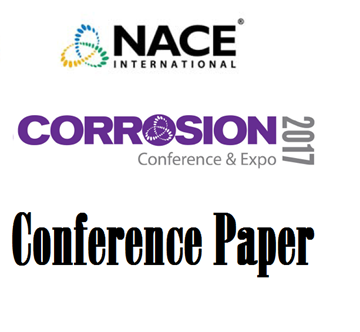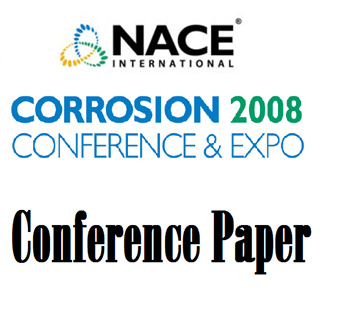Search
Cyclic CUI Testing of Insulation Materials
Also Purchased
Understanding Insulation Chemistry Proven to Inhibit Corrosion Under Insulation (CUI)
Product Number:
51317--8876-SG
ISBN:
8876 2017 CP
Publication Date:
2017
$20.00
08036 Evaluation of Steel and TSA Coating in a Corrosion Under Insulation (CUI) Environment
Product Number:
51300-08036-SG
ISBN:
08036 2008 CP
Publication Date:
2008
$20.00
51314-4079-Solution to Corrosion Under Insulation (CUI) with Three Layered CUI Control and CUI Warning Systems
Product Number:
51314-4079-SG
ISBN:
4079 2014 CP
Publication Date:
2014
$20.00
Recently viewed




